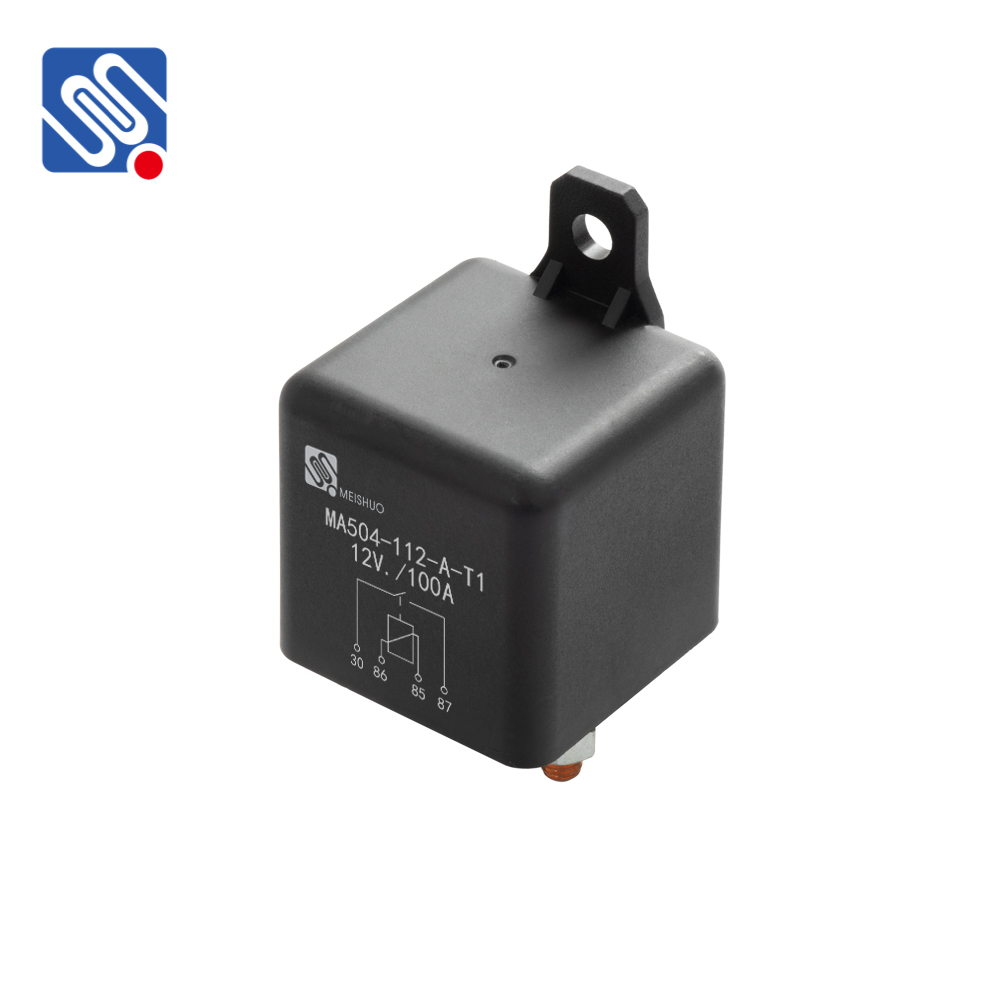understanding relay load: key concepts and practical applications
Release time:2025-04-28 17:08:21
Relays are essential components in electrical and electronic systems, serving as switches that control the flow of electrical current. A "Relay load" refers to the electrical load that a relay is designed to handle when it switches an electrical circuit on or off. This article delves into the importance of relay loads, their role in various applications, and the considerations involved in selecting the right relay for a given load.

What is a Relay?
A relay is an electromechanical device used to open or close electrical contacts in response to a control signal. It consists of a coil, which generates a magnetic field when current passes through it, and one or more contacts that open or close depending on the presence of the magnetic field. The relay allows a low-power signal to control a high-power circuit, which is especially useful in automation systems, vehicles, appliances, and industrial machinery.
Understanding Relay Load
The relay load refers to the electrical load or the power that a relay is designed to handle when it switches the circuit. The load is typically characterized by parameters such as voltage, current, and power, and can vary based on the type of relay and its application. Relays are designed to switch loads ranging from small signals to large electrical currents, depending on their specifications.

